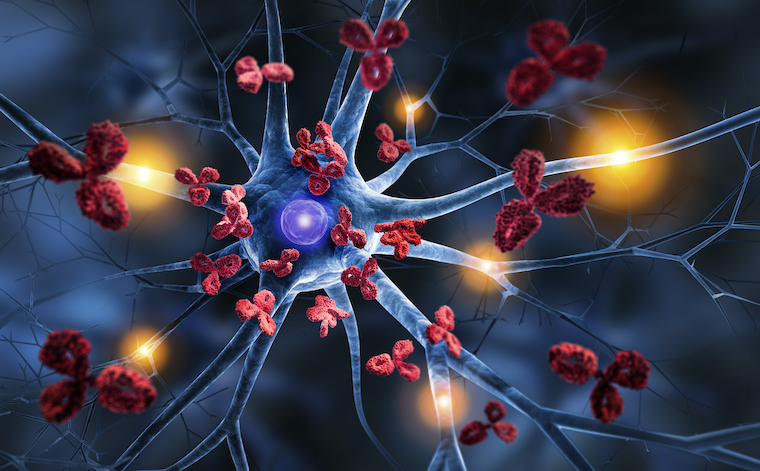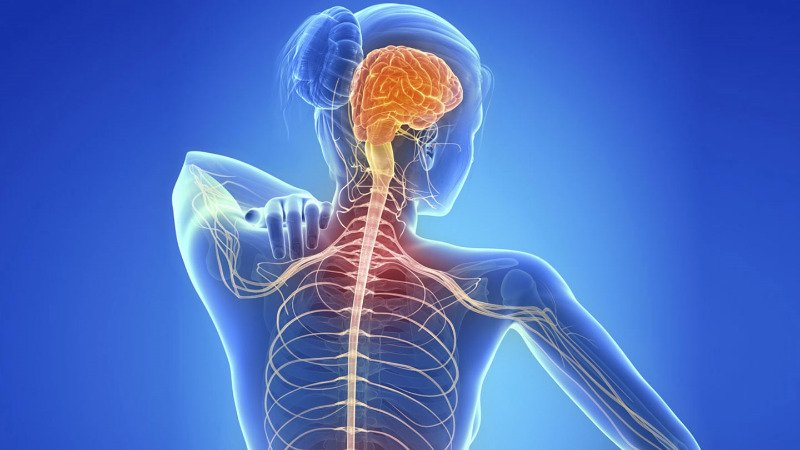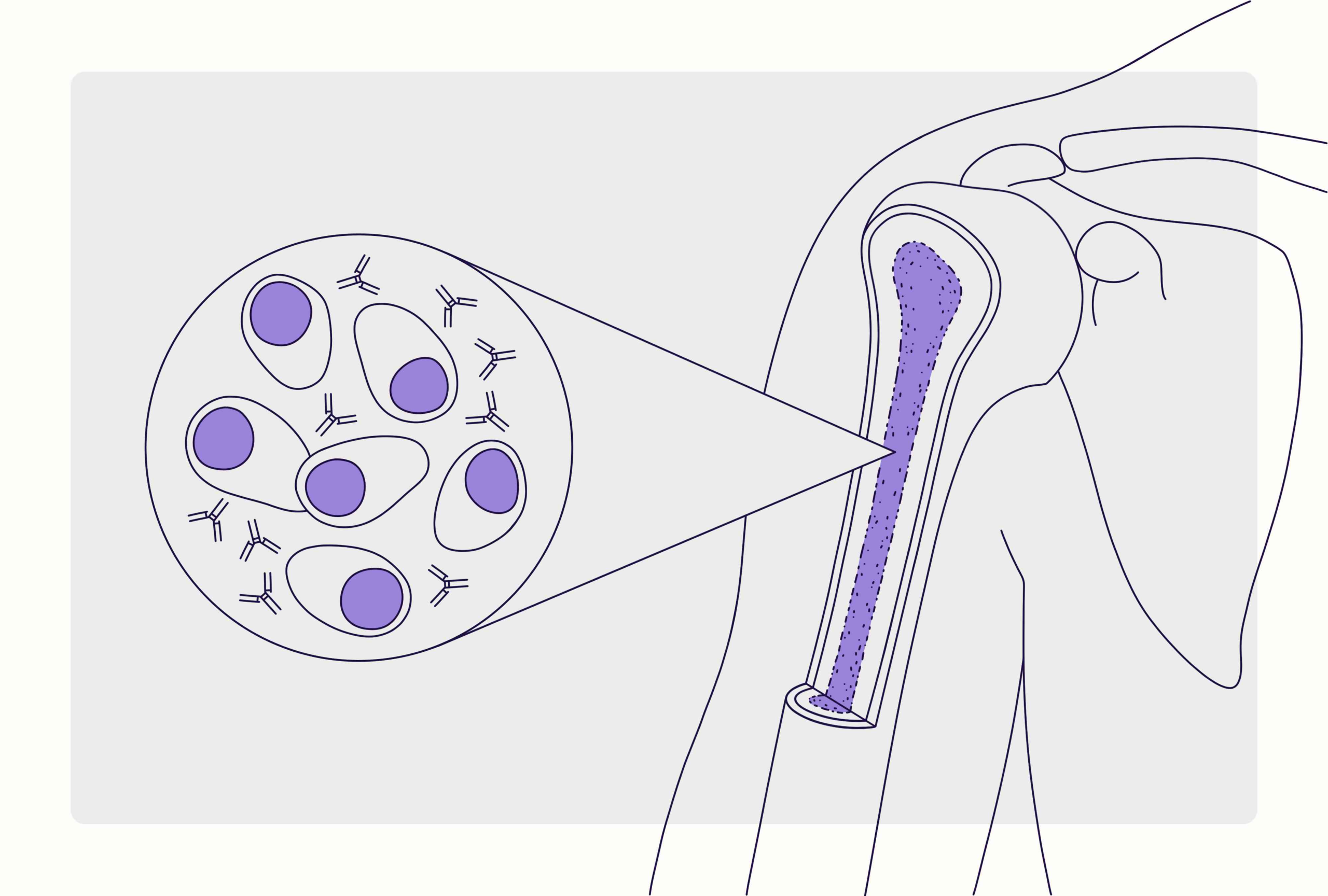Multiple sclerosis (MS) is one of the most misunderstood neurological diseases in the United States—yet it affects nearly 1 million Americans, according to the National Multiple Sclerosis Society. It often strikes people in the prime of their lives, between ages 20 and 50, and can dramatically alter daily routines, work, and family life. Although there’s currently no cure, early diagnosis, proper treatment, and lifestyle changes can significantly slow progression and help patients live full, active lives.
This article explains what multiple sclerosis is, its symptoms, causes, treatment options, and how lifestyle and nutrition can help manage it.

What Is Multiple Sclerosis (MS)?
Multiple sclerosis is a chronic autoimmune disease that affects the central nervous system—the brain and spinal cord. In MS, the body’s immune system mistakenly attacks the myelin sheath, a protective layer that surrounds nerve fibers. This damage disrupts the communication between the brain and the rest of the body, leading to a wide range of physical and cognitive symptoms.
Over time, the damaged areas—known as “lesions” or “plaques”—can cause permanent nerve deterioration, affecting movement, balance, and overall function.
Common Symptoms of MS
MS symptoms vary widely depending on which nerves are affected and the severity of damage. Some people experience mild issues, while others may face serious mobility challenges.
The most common symptoms include:
- Numbness or tingling in the limbs or face
- Muscle weakness or spasms
- Fatigue that doesn’t improve with rest
- Problems with coordination and balance
- Blurred or double vision
- Memory and concentration difficulties
- Dizziness or vertigo
- Bladder or bowel dysfunction
Symptoms often come and go in cycles called relapses (flare-ups) and remissions (recovery periods).
What Causes MS?
The exact cause of multiple sclerosis is still unknown, but research suggests that it results from a combination of genetic, environmental, and immune system factors.
- Autoimmune reaction: The immune system attacks myelin for unknown reasons.
- Genetic predisposition: Having a family member with MS slightly increases the risk.
- Infections: Certain viruses (like Epstein-Barr virus) have been linked to MS.
- Vitamin D deficiency: Low sunlight exposure and low vitamin D levels are associated with higher MS risk.
- Smoking: Tobacco use has been shown to increase disease progression.
Types of Multiple Sclerosis
There are four main forms of MS:
- Relapsing-Remitting MS (RRMS): The most common type, characterized by attacks followed by partial or full recovery.
- Secondary Progressive MS (SPMS): Develops after RRMS, with a steady worsening of symptoms.
- Primary Progressive MS (PPMS): Gradual worsening from the onset without distinct relapses.
- Progressive-Relapsing MS (PRMS): Rare, combining progression with occasional relapses.
How Is MS Diagnosed?
Diagnosing MS can be challenging because its symptoms mimic other neurological disorders. Doctors typically use a combination of tests:
- MRI scans: To detect brain and spinal cord lesions.
- Lumbar puncture (spinal tap): To identify abnormal immune responses in cerebrospinal fluid.
- Evoked potential tests: To measure nerve signal responses.
Early diagnosis allows for quicker treatment, which can delay disease progression.
Treatment Options
While there is no cure for MS, modern medicine offers several effective treatments to manage symptoms, reduce relapses, and slow disease activity.
- Disease-Modifying Therapies (DMTs): These medications help prevent new lesions and reduce flare-ups. Examples include interferon beta drugs, glatiramer acetate, and newer oral medications like fingolimod or dimethyl fumarate.
- Steroid Treatments: Used during relapses to reduce inflammation and speed recovery.
- Physical and Occupational Therapy: Helps improve mobility, strength, and daily functioning.
- Lifestyle Modifications: Exercise, diet, and stress management are essential for long-term well-being.
Nutrition and Lifestyle Tips for Living with MS
Though diet alone cannot treat MS, eating the right foods can reduce inflammation, improve energy levels, and support brain and nerve health.
Foods That May Help:
- Fatty fish (salmon, tuna, sardines): Rich in omega-3 fatty acids that support nerve cell repair.
- Leafy greens (spinach, kale): Contain antioxidants that reduce inflammation.
- Whole grains and legumes: Provide steady energy and support gut health.
- Berries and citrus fruits: Packed with vitamin C and antioxidants to protect cells.
- Olive oil and nuts: Healthy fats that may reduce disease activity.
Foods to Limit:
- Processed foods and refined sugars
- Red meats and saturated fats
- Excessive dairy (for those who are sensitive)
Other Helpful Habits:
- Exercise regularly: Gentle activities like swimming or yoga help with flexibility and fatigue.
- Get enough sleep: Rest helps the nervous system recover.
- Avoid overheating: Heat sensitivity can worsen symptoms.
- Stay mentally active: Puzzles, reading, and hobbies keep the brain engaged.
When to See a Doctor
If you experience symptoms such as unexplained numbness, vision problems, or chronic fatigue, especially between the ages of 20 and 50, consult a neurologist. Early intervention can help preserve function and improve long-term outcomes.

Conclusion: You Can Live Well with MS
Multiple sclerosis is unpredictable, but it’s not unbeatable. With advances in treatment, early diagnosis, and the right lifestyle adjustments, many people with MS live long, productive, and fulfilling lives.
By understanding the disease, staying proactive with medical care, and maintaining healthy daily habits, you can take back control from MS—one step, one day, and one healthy choice at a time.



